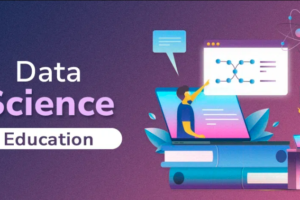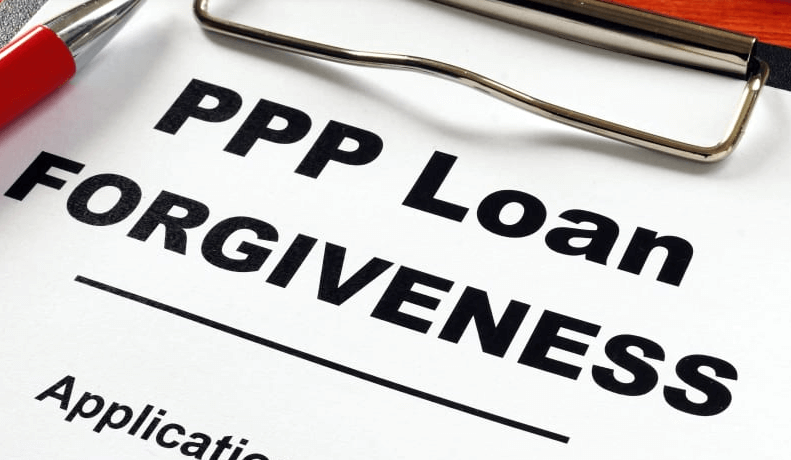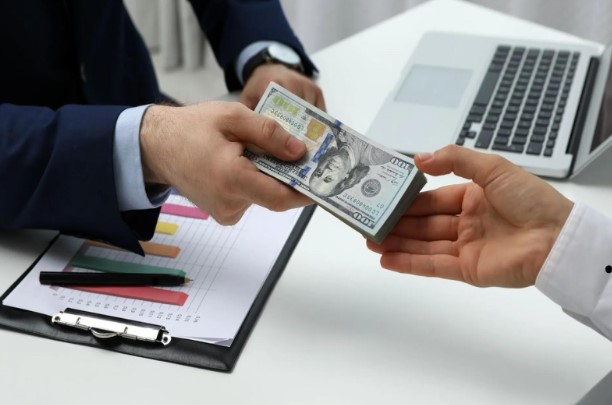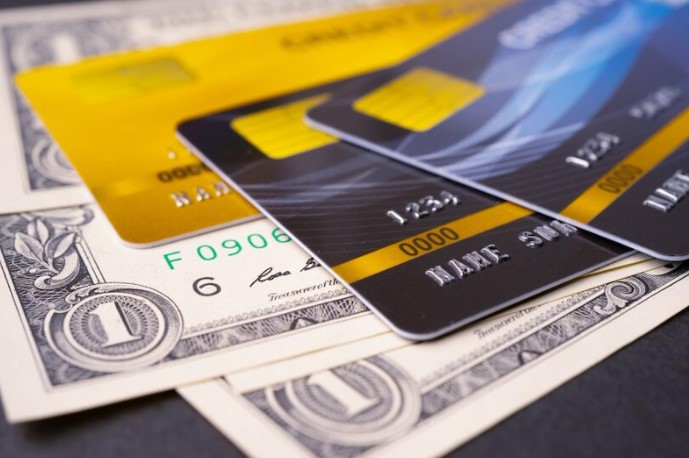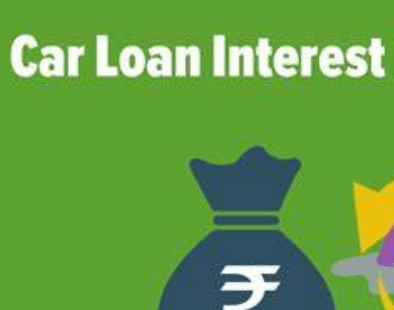The deadline for PPP Loan forgiveness can come as a surprise. That said, the deadline is typically set by the government entity that provided the loan, not the lender. In most cases, the deadline will be around 10 years. After you cease making payments (although there are always exceptions). There are two main types of PPPs: Government-Owned Facilities and Private Participation Projects. The first type has a shorter deadline—usually three to five years—because it’s easier to track. The second type has a longer deadline because it’s more complicated to track. If you want to know if your loan falls into one of these categories. It’s best to contact the government entity that provided the loan. Depending on the situation, they may be able to provide you with more information about your loan and its eligibility for forgiveness.
what is the deadline for ppp loan forgiveness
what is the deadline for ppp loan forgiveness? There are different deadlines for ppp loan forgiveness, depending on the type of forgiveness. Here are the most common types:
Federal student loan forgiveness: This type of forgiveness is available to borrowers who meet certain requirements, such as having income below a certain level or serving in a qualifying military service. The deadline for federal student loan forgiveness is typically 10 years after the date of the original loan, although this can vary depending on the type of loan.
Private student loan forgiveness: This type of forgiveness is also available to borrowers who meet certain requirements, but the deadline is different depending on the lender. Some lenders have a deadline of 10 years after the origination date, while others have a more indefinite deadline. There are also private student loan forgiveness programs that offer deeper relief than federal student loan forgiveness, such as paying all or part of your debt completely in exchange for staying enrolled in school.
State college and university loans: Most state colleges and universities have similar deadlines for private student loans that are forgiven in exchange for continued enrollment, typically five years after graduating or withdrawing from school. Many state schools offer additional financial assistance to students who take out private loans in order to repay them faster.
Parental PLUS Loan: Parents who qualify can have their Parental PLUS Loans forgiven if their child completes an undergraduate degree or transferable program at an eligible institution within five years of receiving their original Parental PLUS Loan(s). Eligible students must maintain continuous enrollment at an eligible school during that
Types of PPP Loan Forgiveness
There are several types of PPP loan forgiveness and they all have different deadlines. The most common type of PPP loan forgiveness is when the government sells the property back to the original owner. Other types of PPP loan forgiveness include when the borrower defaults on the loan, when a successor entity takes over the ownership of the property, or when the original owner sells or transfers the property to a charitable organization.
How to Apply for PPP Loan Forgiveness
If you have a federal student loan, you may be eligible for the Public Service Loan Forgiveness (PSLF) program. The PSLF program allows borrowers to have their loans forgiven after 10 years of continuous, full-time employment in public service.
There are several different types of PSLF forgiveness programs available, and each has its own deadlines. Here are the main types of forgiveness and their deadlines:
1. Direct Loan Program: The Direct Loan Program is the original PSLF program, and it has the shortest deadline – three years after you complete your qualifying work.
2. Income-Based Repayment Plan: If you have an income-based repayment plan on your federal student loans, you may be able to qualify for PSLF through that plan. The plans have different repayment periods, but most have a 10-year repayment period.
3. Pay As You Earn: If you have a pay as you earn repayment plan on your federal student loans, you may be able to qualify for PSLF through that plan. The plans have different repayment periods, but most have a 10-year repayment period.
4. Revised Pay As You Earn: If you have a revised pay as you earn repayment plan on your federal student loans, you may be able to qualify for PSLF through that plan if all of the following conditions are met: 1) You made 120 or more qualifying payments during the first 12 months
What are the Requirements for PPP Loan Forgiveness?
PPP loan forgiveness is a government program that allows borrowers to have their loans forgiven after a set period of time. There are different types of PPP loan forgiveness, and each has its own requirements. Here are the different types of PPP loan forgiveness and their requirements:
General PPP Loan Forgiveness: This is the most common type of PPP loan forgiveness, and it requires borrowers to meet certain eligibility criteria. Most importantly, borrowers need to have made timely payments on their loans for the entire repayment period. Additionally, they must have participated in an approved rehabilitation or restructuring program.
School Loan Forgiveness: This type of PPP loan forgiveness is reserved for borrowers who have attended an eligible school. To qualify, you must have incurred debt while attending an eligible school and met all other eligibility requirements. The government will forgive your school debt after you complete either a full or partial qualifying course of study.
Employment Training Program (ETP) Loan Forgiveness: This type of PPP loan forgiveness is available to borrowers who participate in an ETP program. To qualify, you must have incurred debt while participating in an ETP program and met all other eligibility requirements. The government will forgive your ETP debt after you complete either a full or partial qualifying course of study.
Conclusion
While there is no definitive answer, it is generally accepted that the deadline for loan forgiveness varies depending on the type of loan and your individual case. For federal student loans, there is a three-year time limit after you graduate or drop below half-time enrollment status in an eligible program to apply for forgiveness. Private student loans have different deadlines based on the type of private loan and whether you are current on your payments. If you are having trouble meeting your monthly debt obligations, consider seeking help from a certified financial planner or contact your lender directly to see what options may be available to you.


